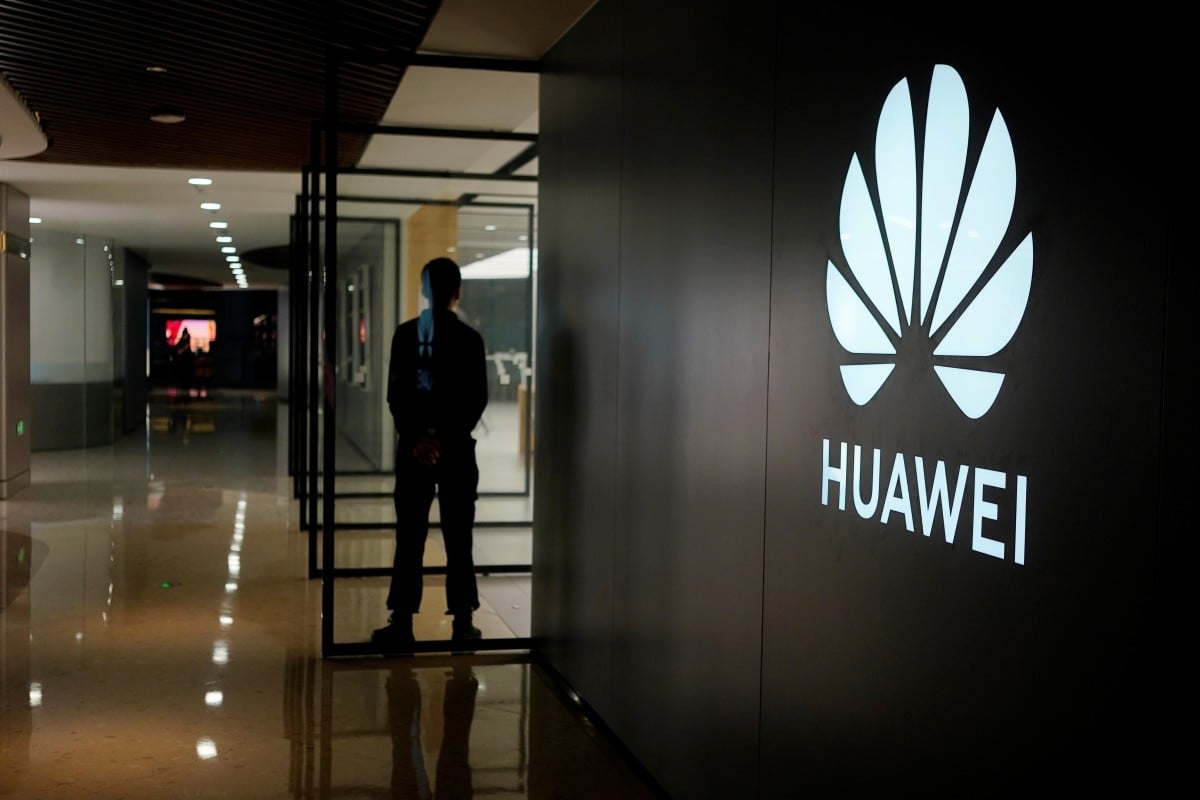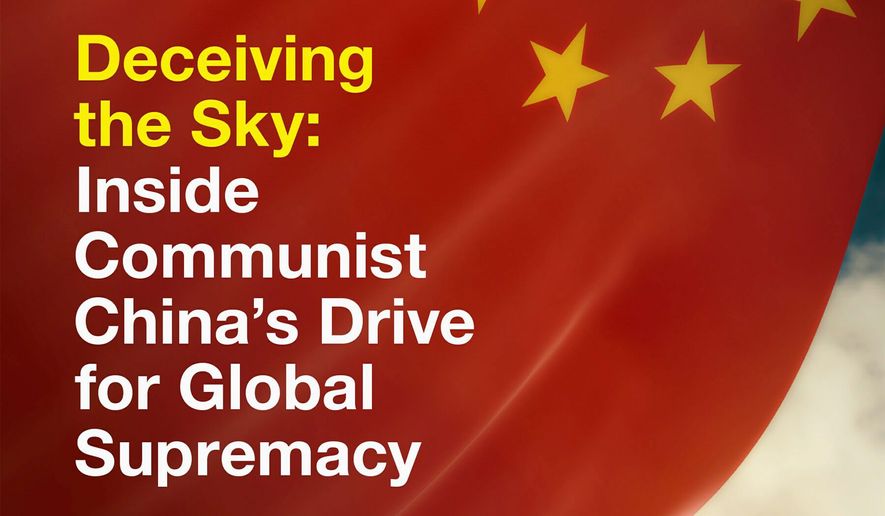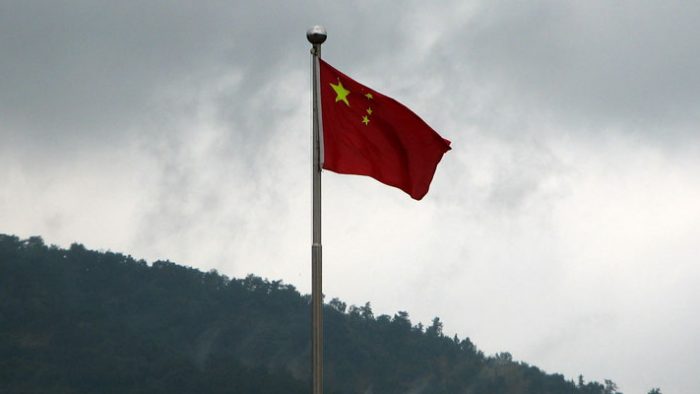 In mid-August, Indian Prime Minister Narendra Modi announced his government’s decision to appoint a chief of defense staff (CDS), who will act as head of the Indian Army, Air Force, and Navy. The announcement, which was surprising since the ruling Bharatiya Janata Party’s 2019 manifesto barely made mention of defense reforms, much less committed the party to establishing a CDS, was long overdue.
In mid-August, Indian Prime Minister Narendra Modi announced his government’s decision to appoint a chief of defense staff (CDS), who will act as head of the Indian Army, Air Force, and Navy. The announcement, which was surprising since the ruling Bharatiya Janata Party’s 2019 manifesto barely made mention of defense reforms, much less committed the party to establishing a CDS, was long overdue.
The Indian strategic community had long sought the establishment of a CDS. The latest version of the idea was initially proposed in 2001 by a group of ministers tasked with reforming India’s national security apparatus in the aftermath of the 1999 conflict with Pakistan in Kargil, where the Indian response was hampered by a lack of coordination among the services. Supporters claimed that a CDS would help the armed services execute joint operations more effectively.




















/arc-anglerfish-arc2-prod-mco.s3.amazonaws.com/public/IINWN3L7DJENFAIZB22ZLBB5JY.jpg)